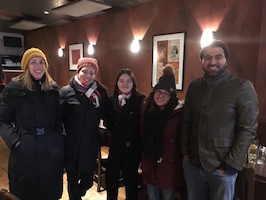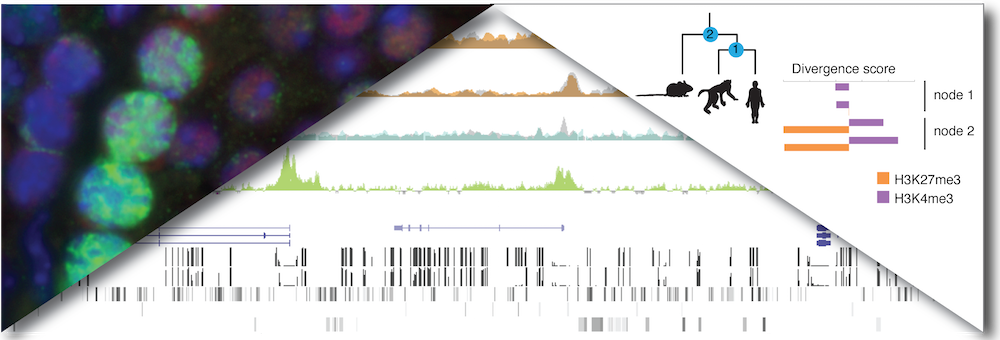December 14, 2017



Most heritable information is encoded in DNA. Turning the information encoded in DNA into real-life biological actions such as cell division, growth of an embryo, or sensation of the environment requires an extensive system of interdependent proteins and RNA, called chromatin. Chromatin interacts with the DNA strands and ‘remembers’ what a particular cell is doing across long periods of time and even across generations, a phenomenon known as epigenetic memory. We apply both experimental and computational approaches to understand how epigenetic memory works, and how it affects development of individuals and evolution of species.
Much of our work focuses on the functional genomics of germ cells (sperm, eggs, and their developmental precursors), which transmit heritable material across generations, and embryonic stem cells, which represent an undifferentiated developmental state. We are especially interested in epigenetic poising, a chromatin state that may prepare parts of the germ cell genome for future use during embryo development. We ask questions at three levels:
Find more information about our projects here:
| Lab members | Publications |
Watch Bluma describe our lab's work this video.
Bluma Lesch's Yale faculty profile.